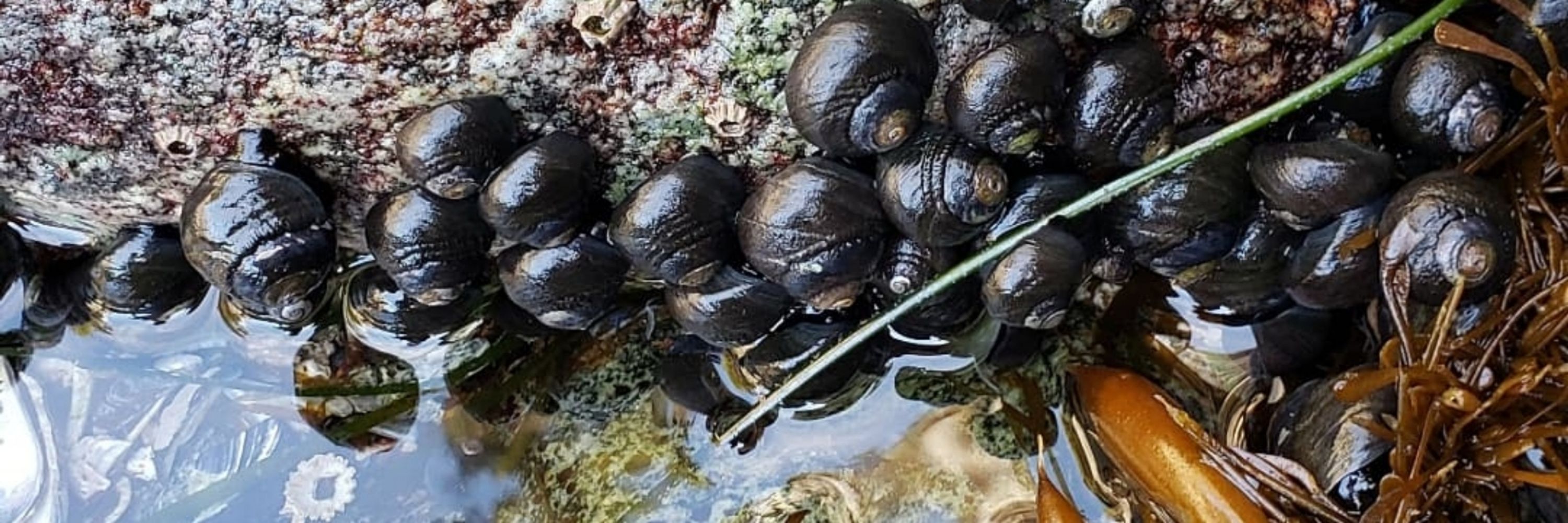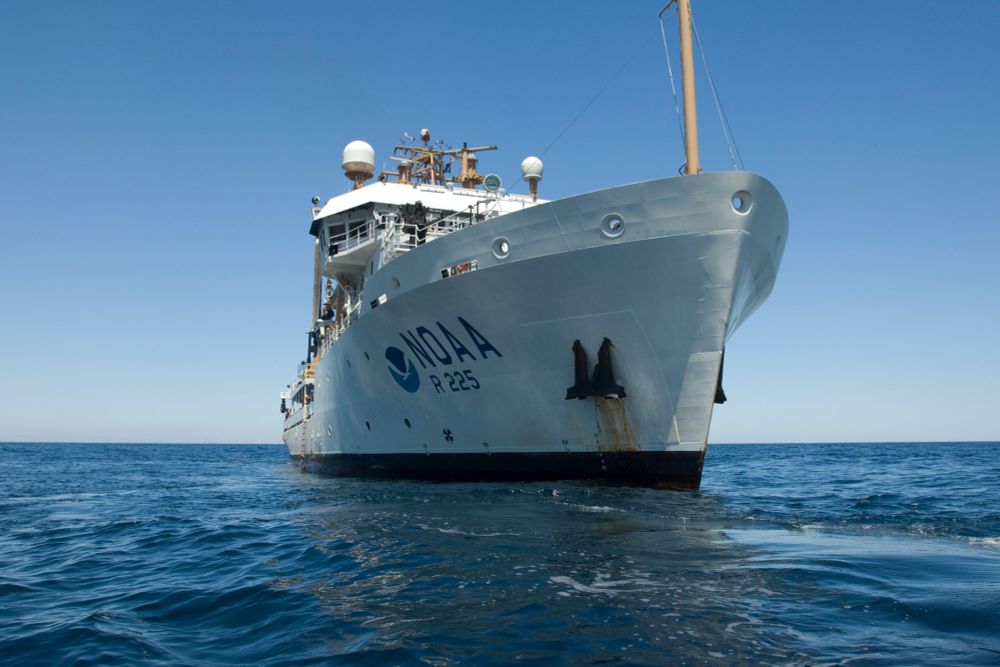
Find it open access here: doi.org/10.1016/j.bi...
#ConservationPaleobiology #CPB




open access & out now in BioConservation www.sciencedirect.com/science/arti...


Find it open access here: doi.org/10.1016/j.bi...
#ConservationPaleobiology #CPB
Find it open access here: doi.org/10.1016/j.bi...
#ConservationPaleobiology #CPB


